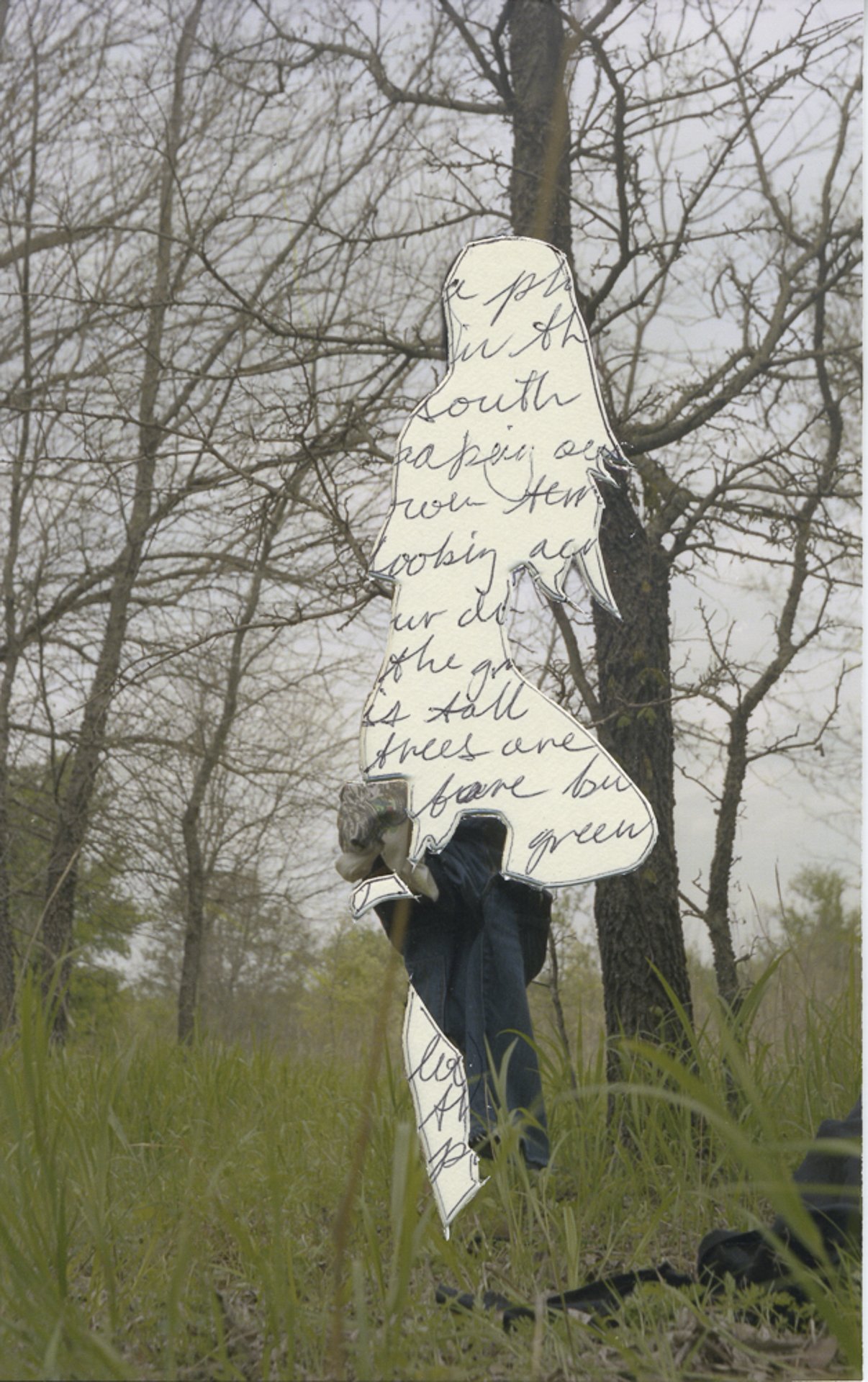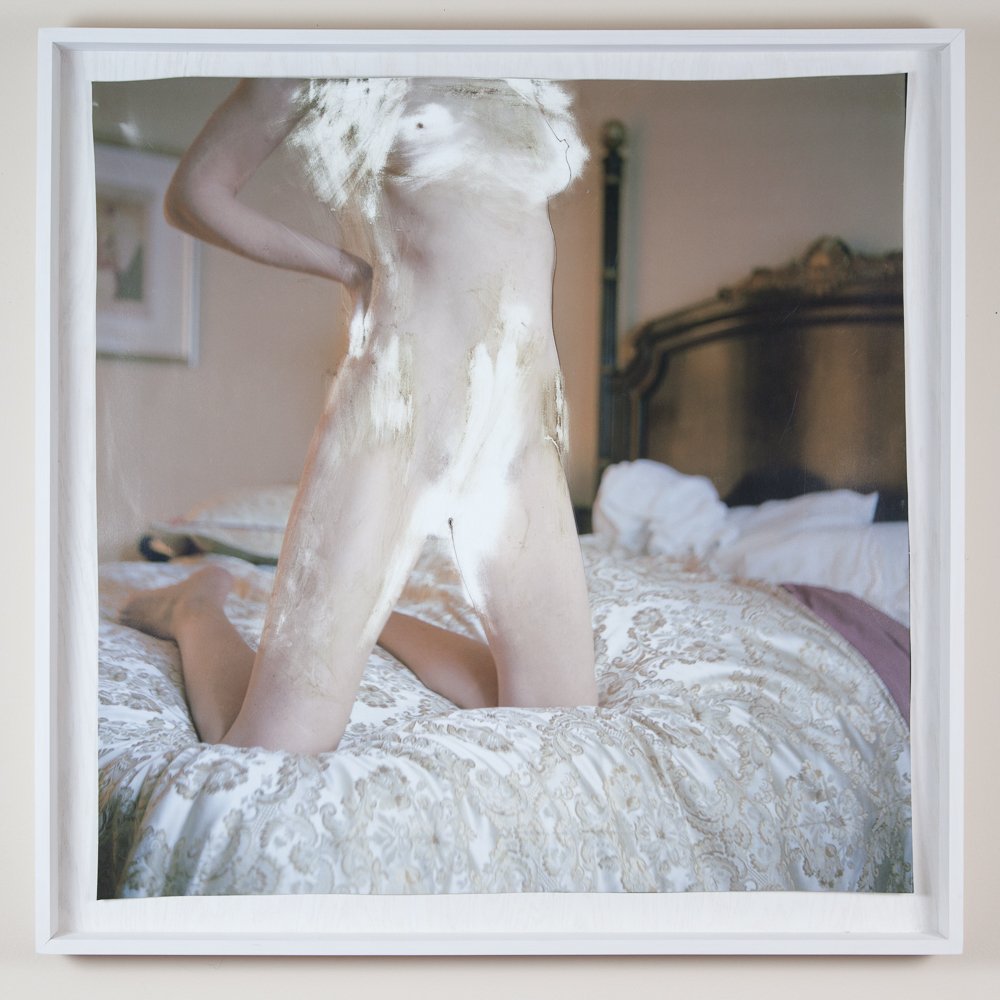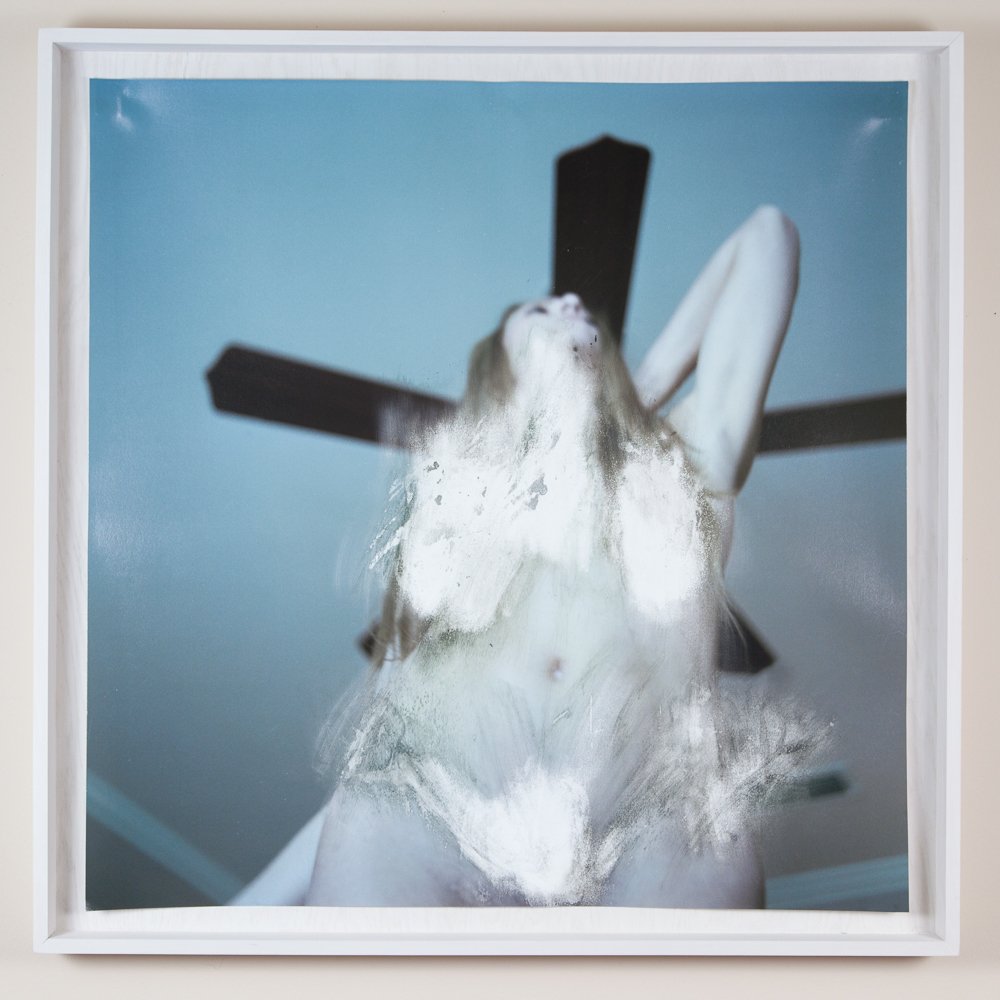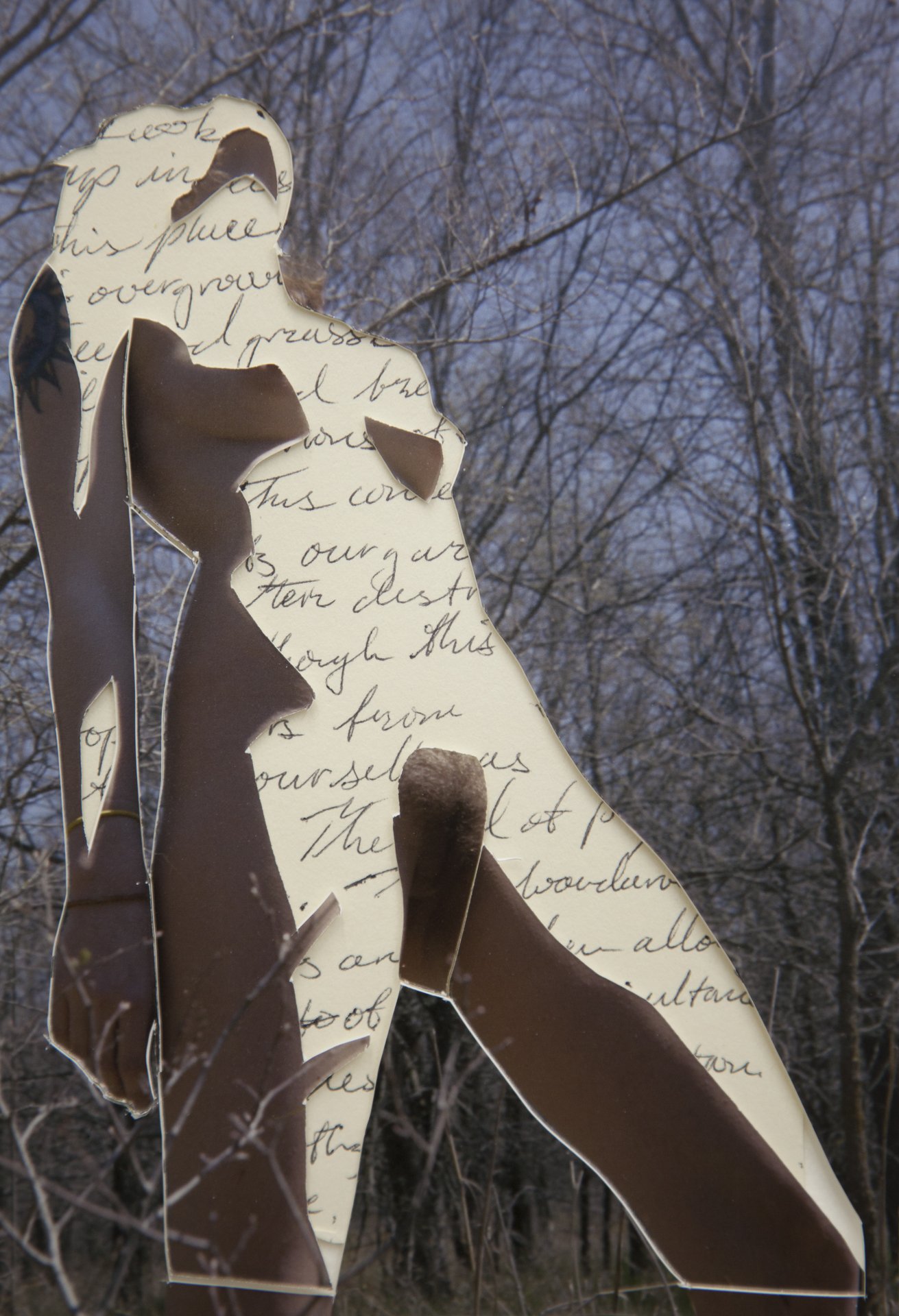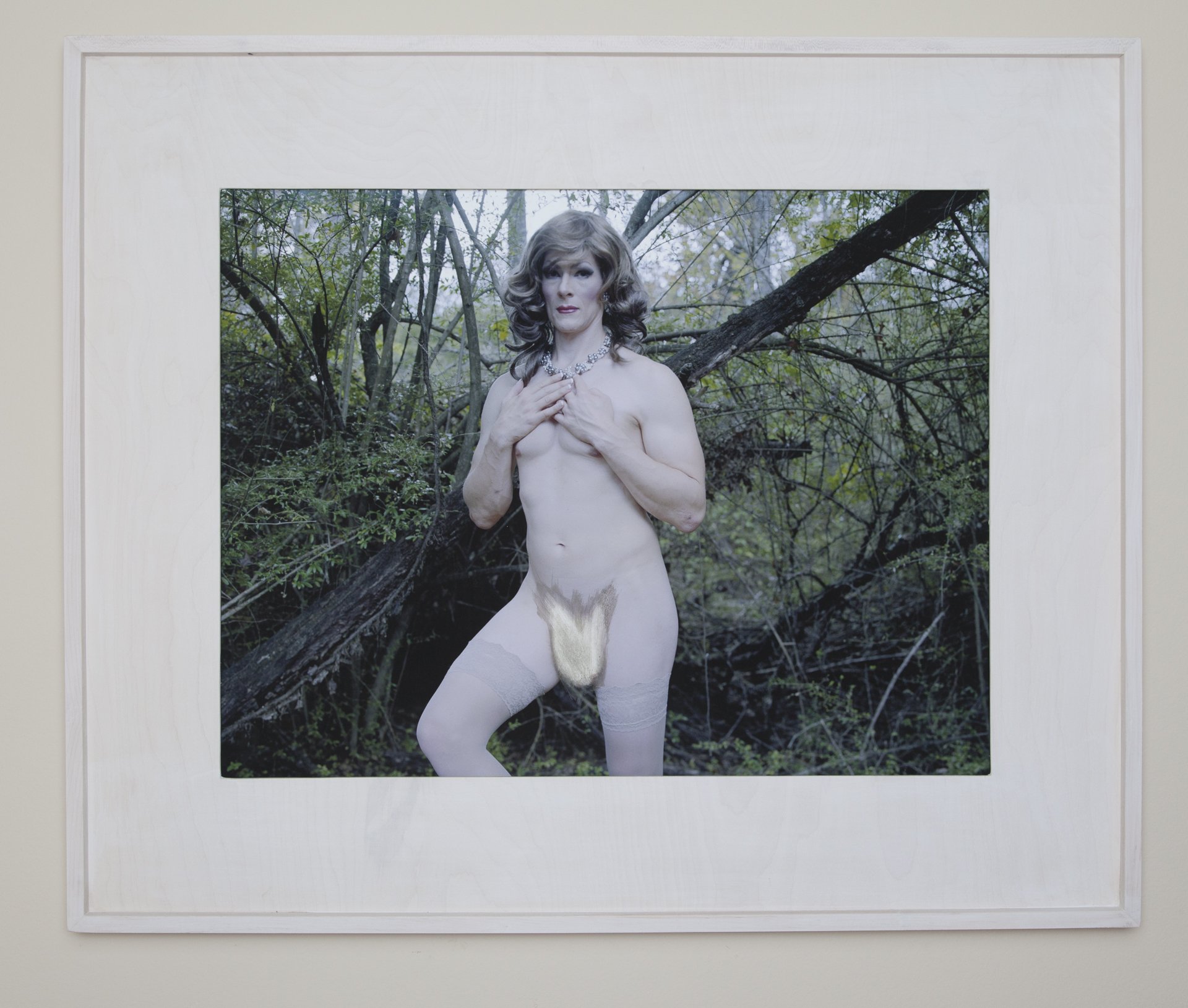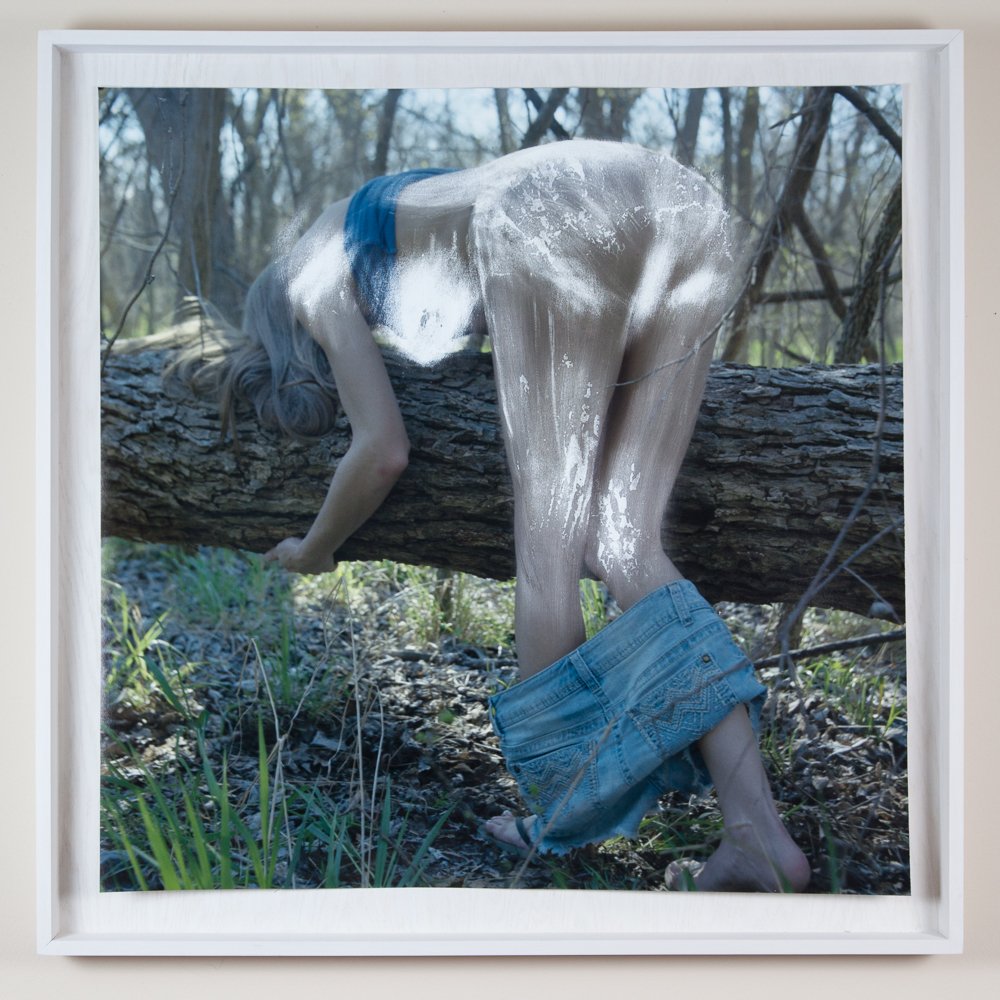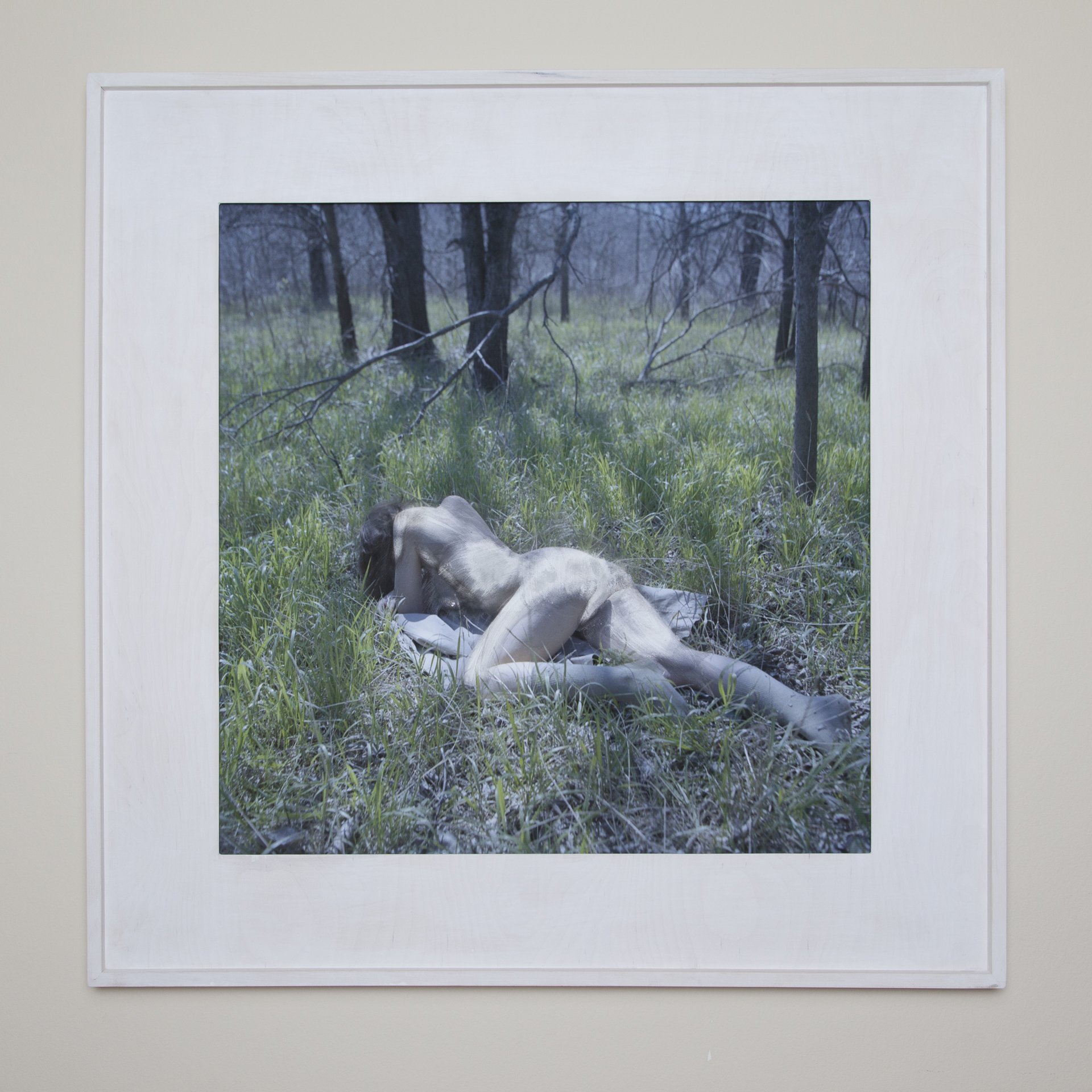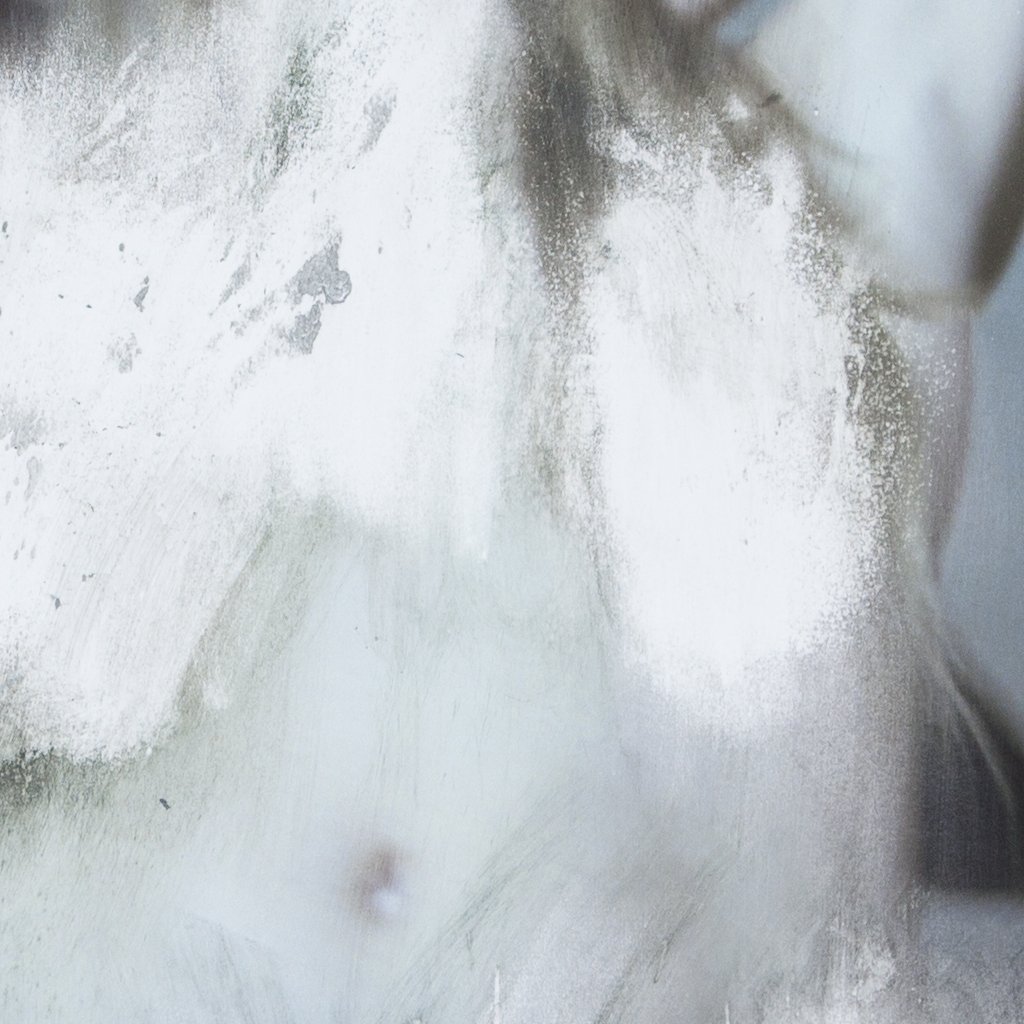
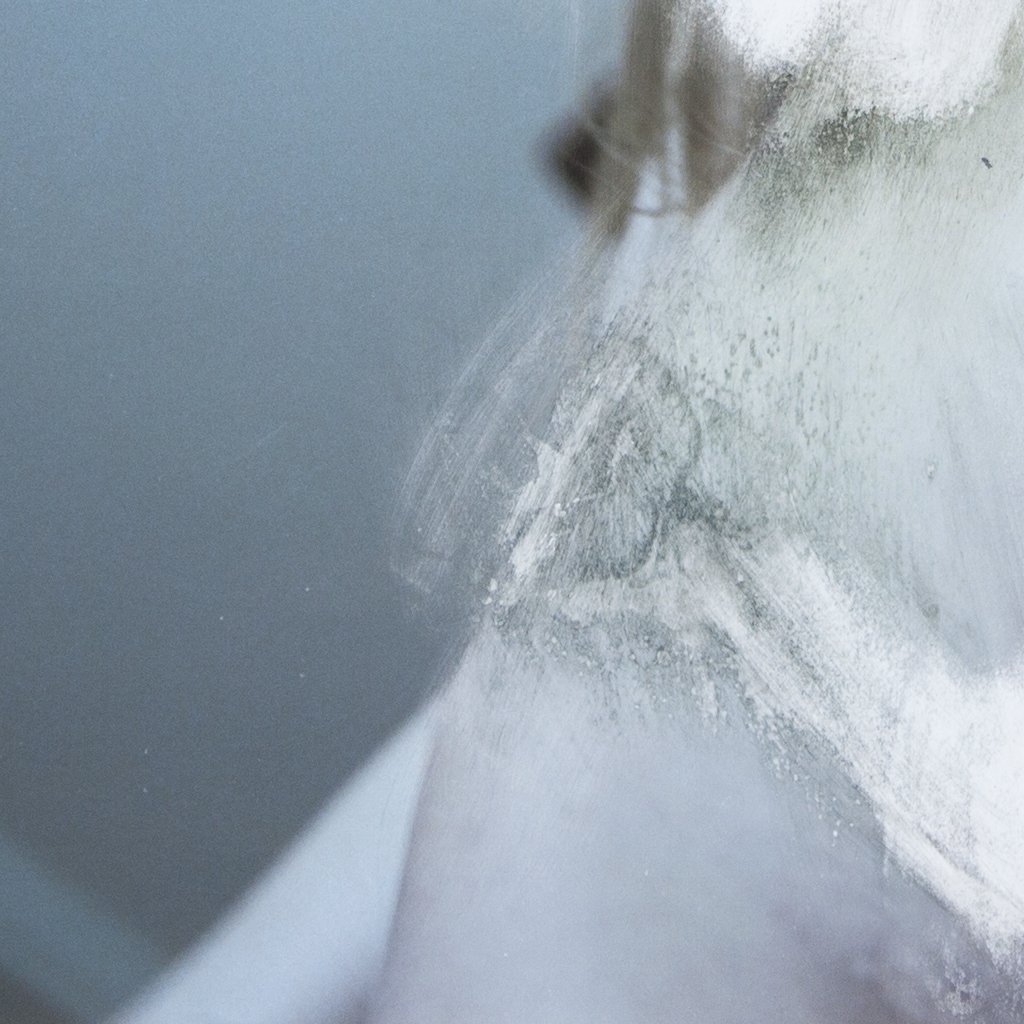
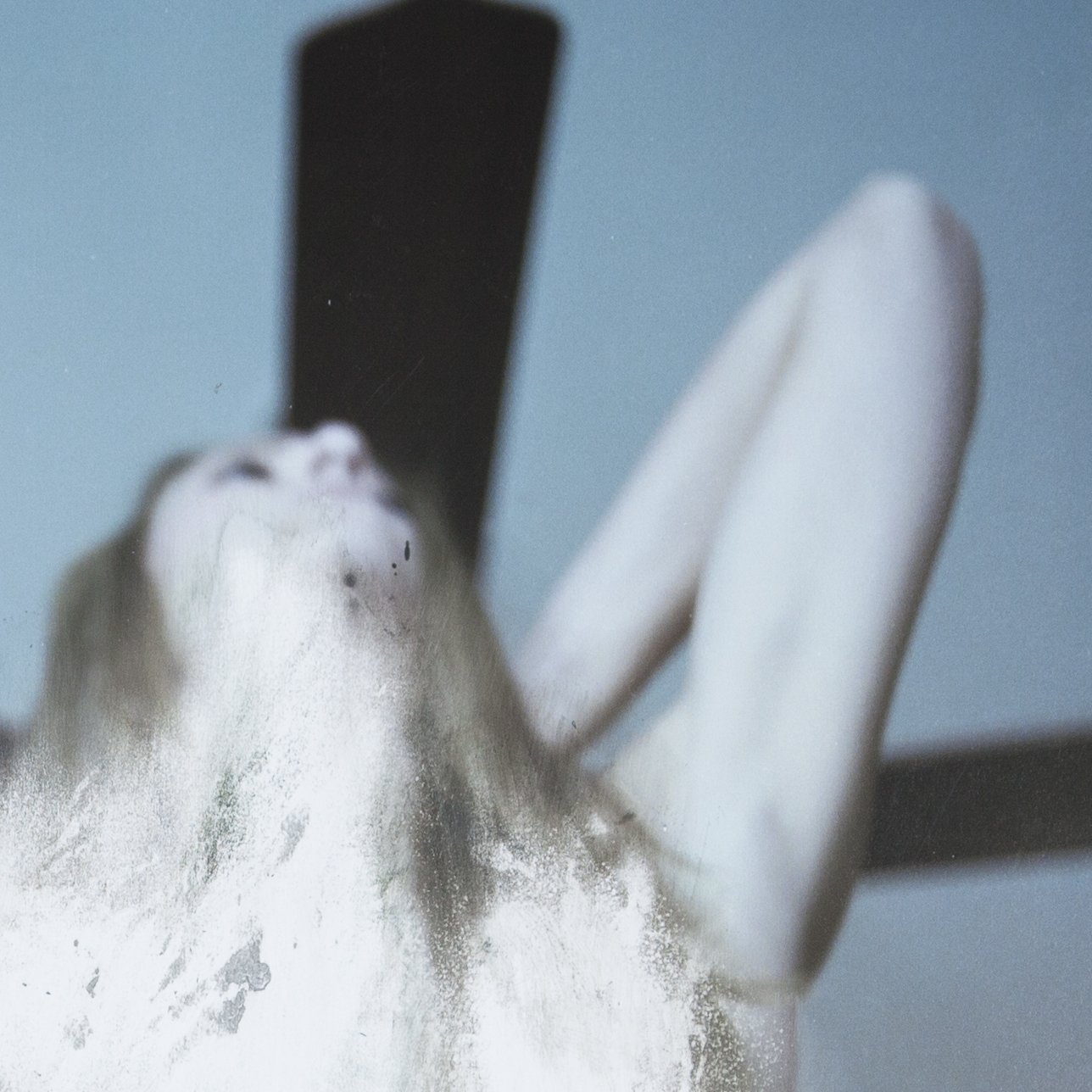
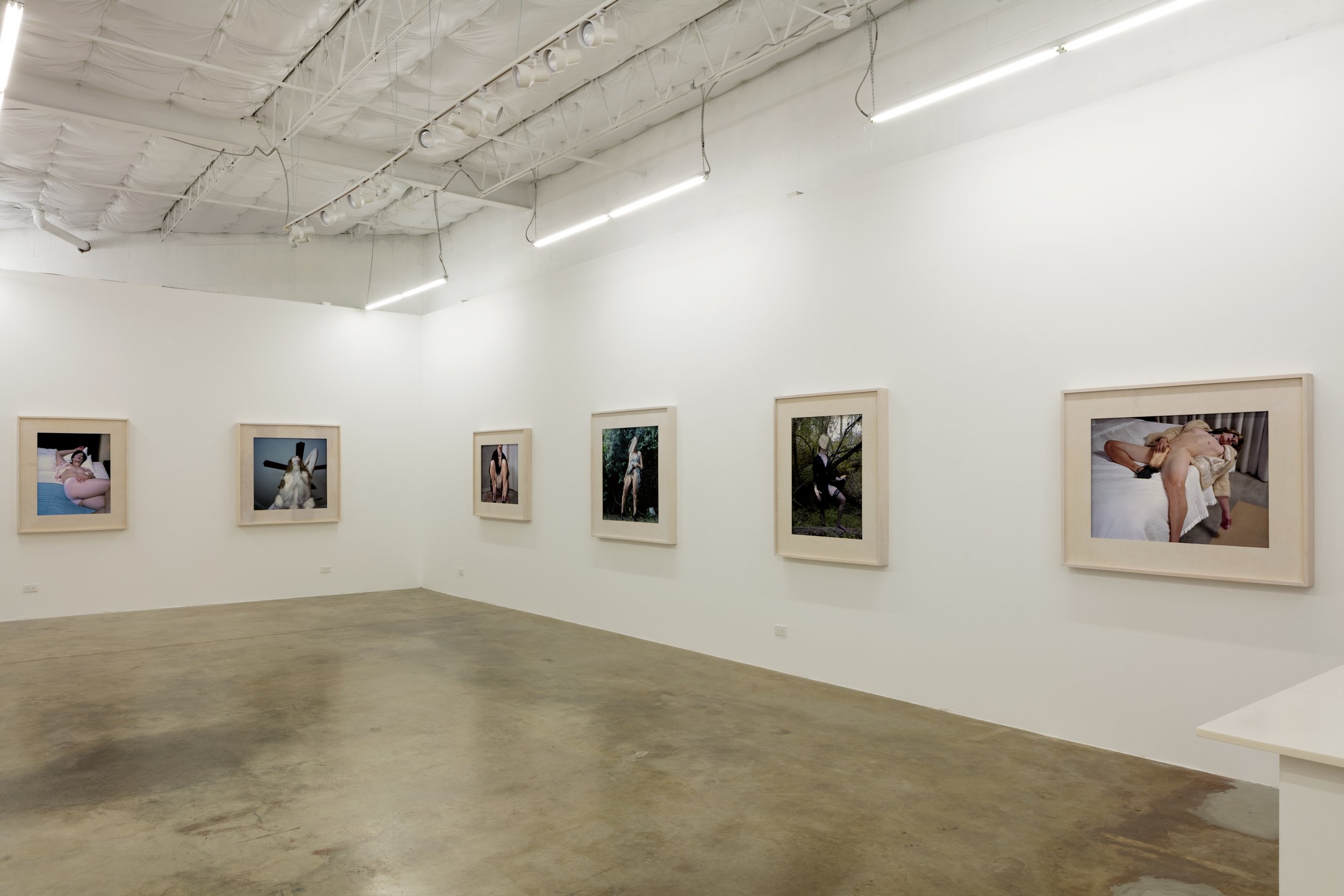
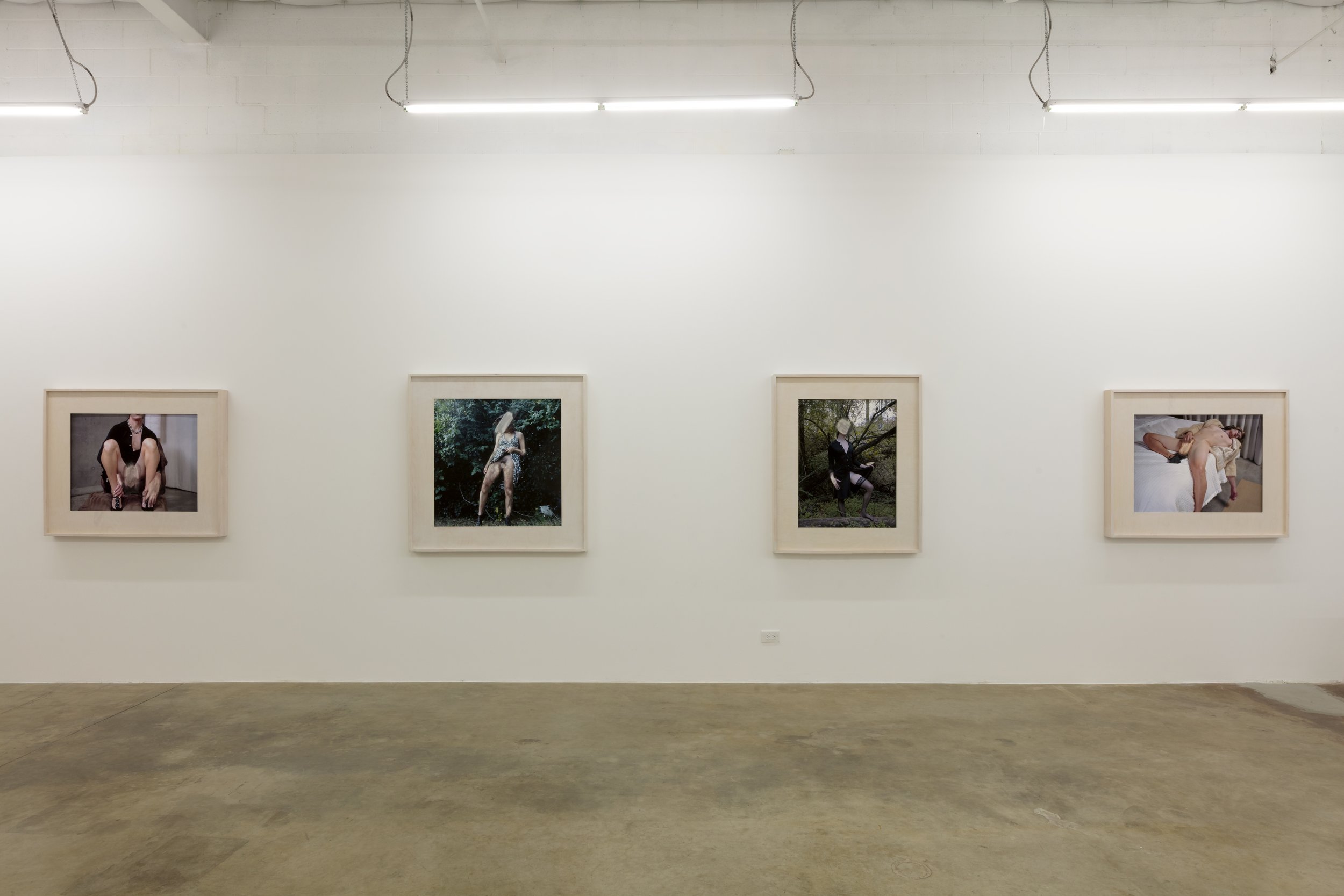
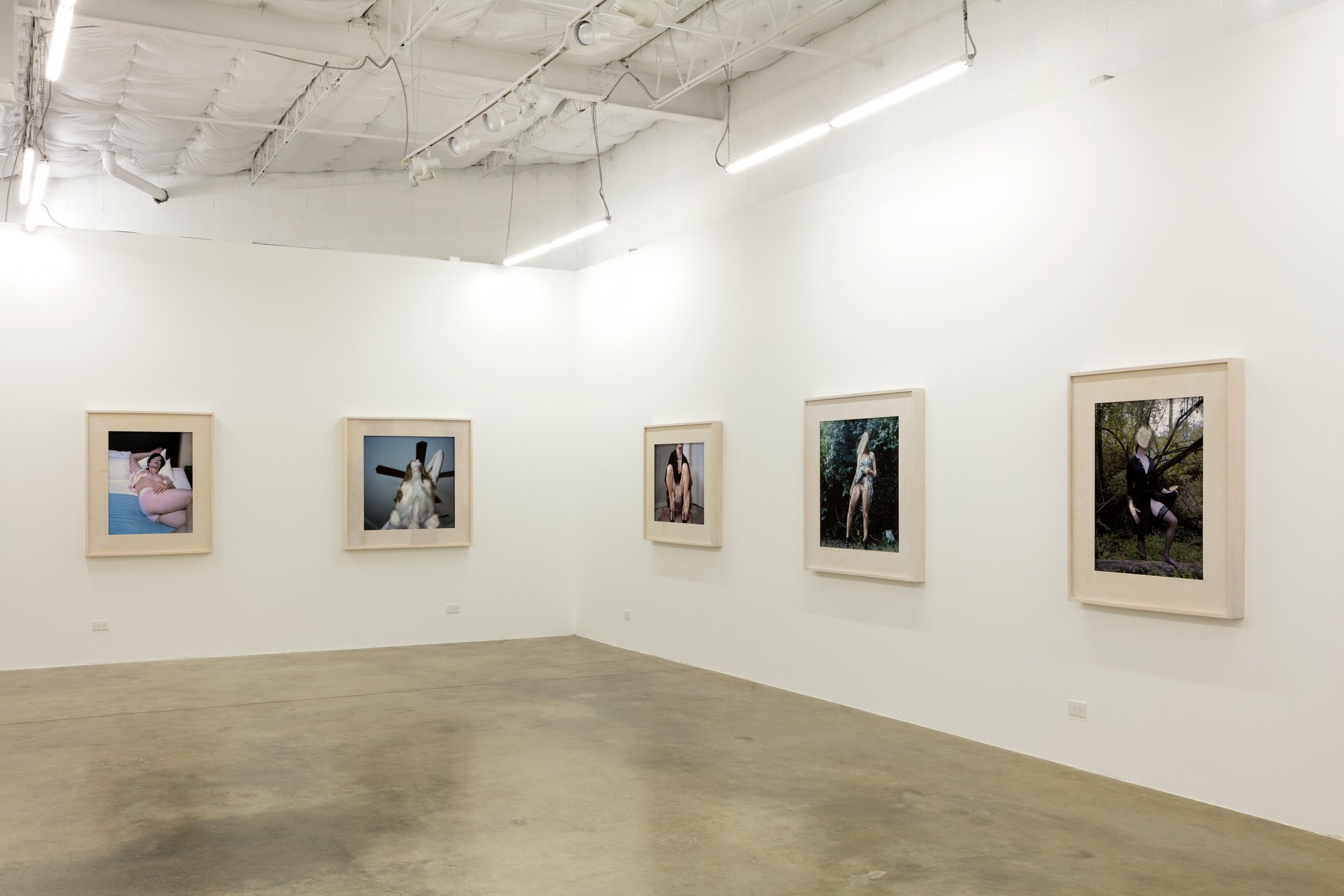
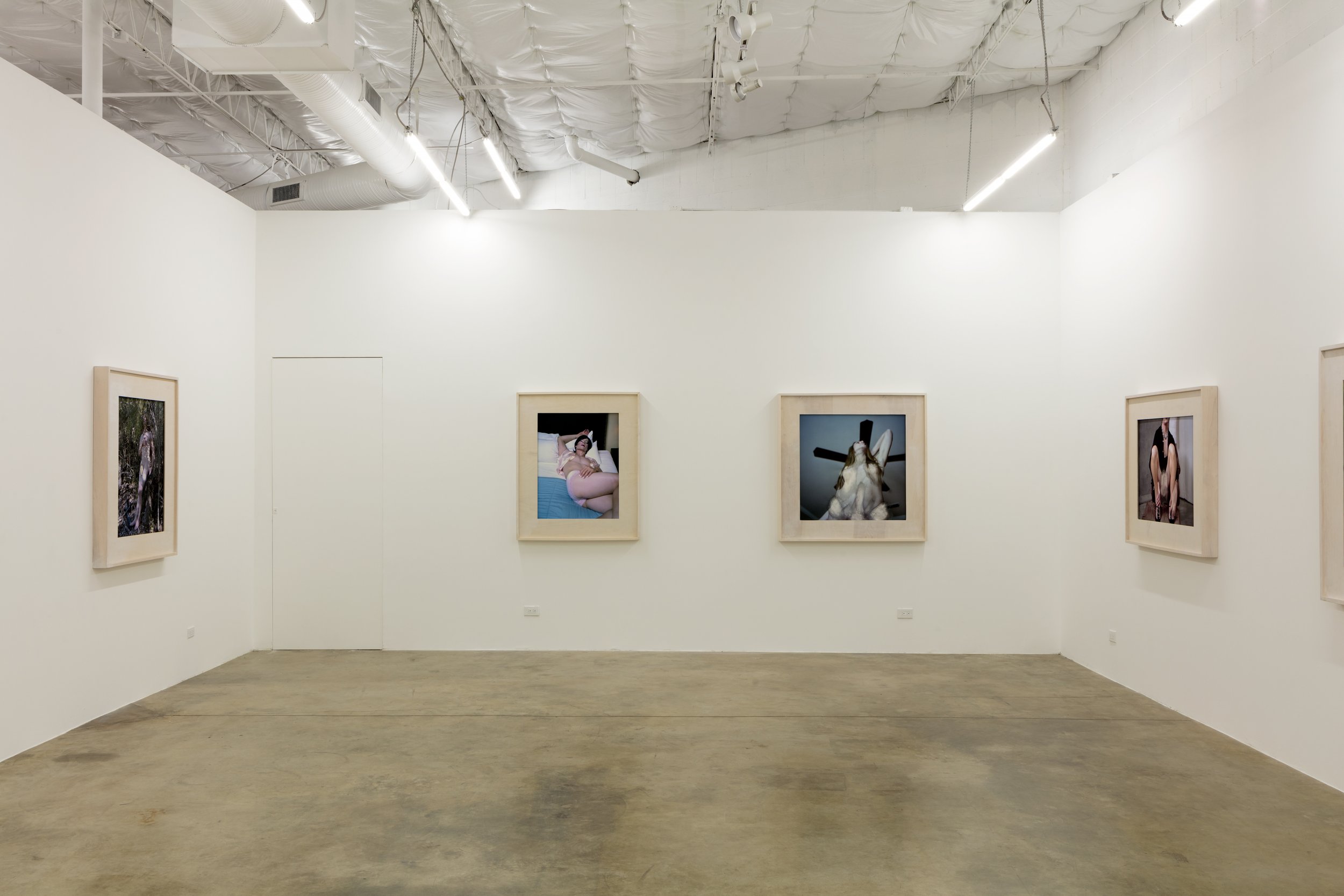

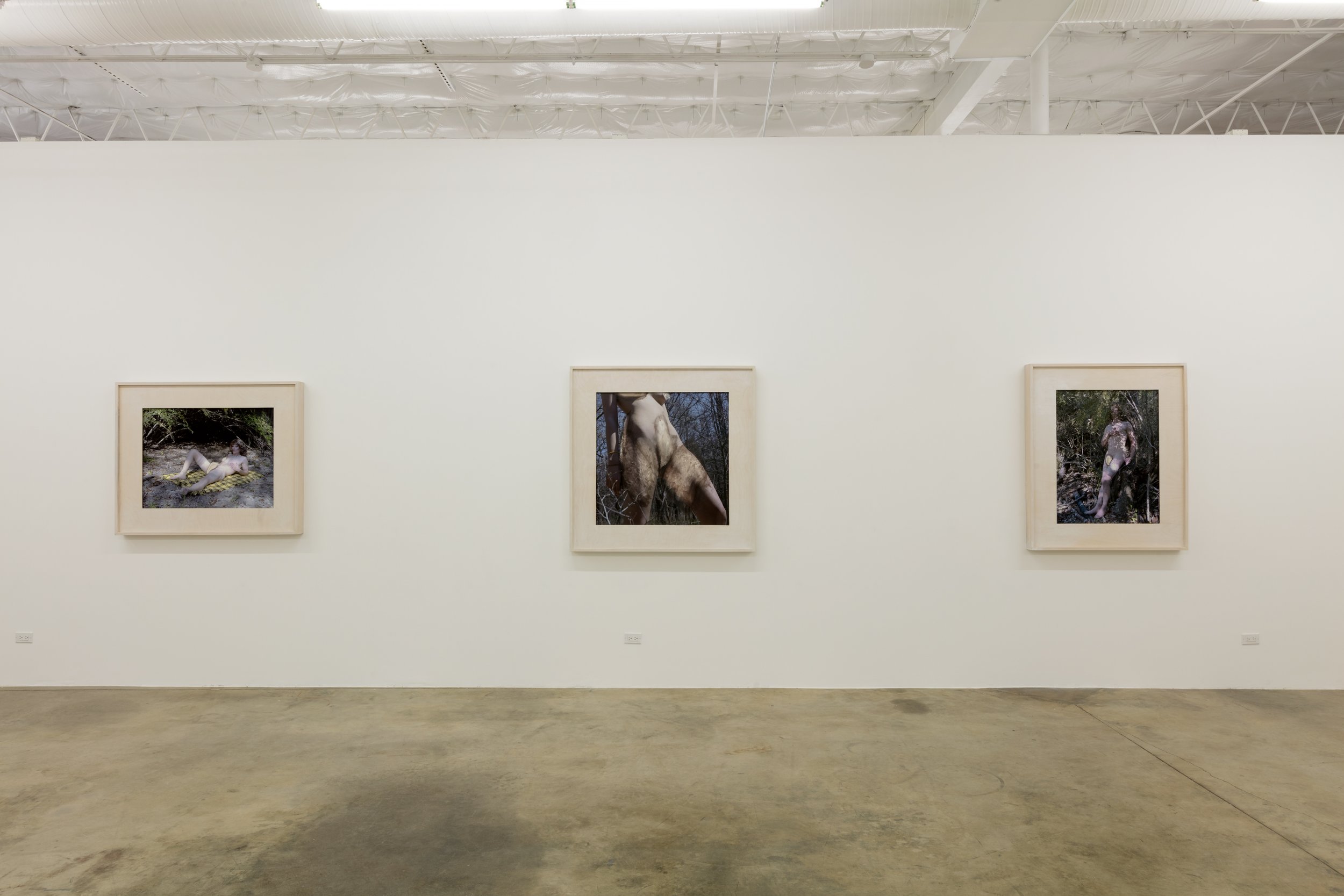
Jaime Acker
Polished
October 15 – November 12, 2016
Tim Best’s Polished series is titled by the artist after the double entendre referring to oral sex. Best’s work is based on what he calls Gender Logic: a hierarchy of biological and social characteristics of appearance that constitute gender in our society. He rearranges these visual characteristics to defy social expectations of gender appearance of the body. Best feels that the traditional roles of Photographer and Model embody this established logic where the photographer assumes all power through his or her gaze. This power is not transmitted to the viewer in this series as faces and body parts are rubbed out of the print echoing E. J. Bellocq’s The Storyville Photographs that simultaneously wince and wink at the sexual desire in these images. Finally, the artist puts himself in the shoes of the model with makeup as a gesture of empathy for the vulnerability of the model.
Tim Best’s lens-based images begin to whittle away at the strident hierarchies of gender, power, and desire within the spectator. Best is careful to implement various thematic intersections: the cinematic yet the denial of the scopophilic, the psychological and the natural world. Series such as Love Letters (2015), Polished (2015), and CRUSH (2014-15) incorporate jarring physical acts of violence on the surface of the photographs, be it aggressive rubbing to the point of surface penetration, the surgical rejoining of crumpled prints, or careful incisions that reveal the presence of language beneath. Unsettling not only due to the images’ generally depopulated or lonely locales, Best also provokes the viewer to make a judgment call: male or female, sexual deviance or abuse, obsessive or adoring. These relationships complicate the narrative construction of gender, power, and desire in Best’s work due to constraints placed on the outflow of information. Viewers are left in an uncomfortable place beyond visual and behavioral codes however the burden of responsibility lingers.
- Lauren Richman, PhD Candidate in Art History at Southern Methodist University
